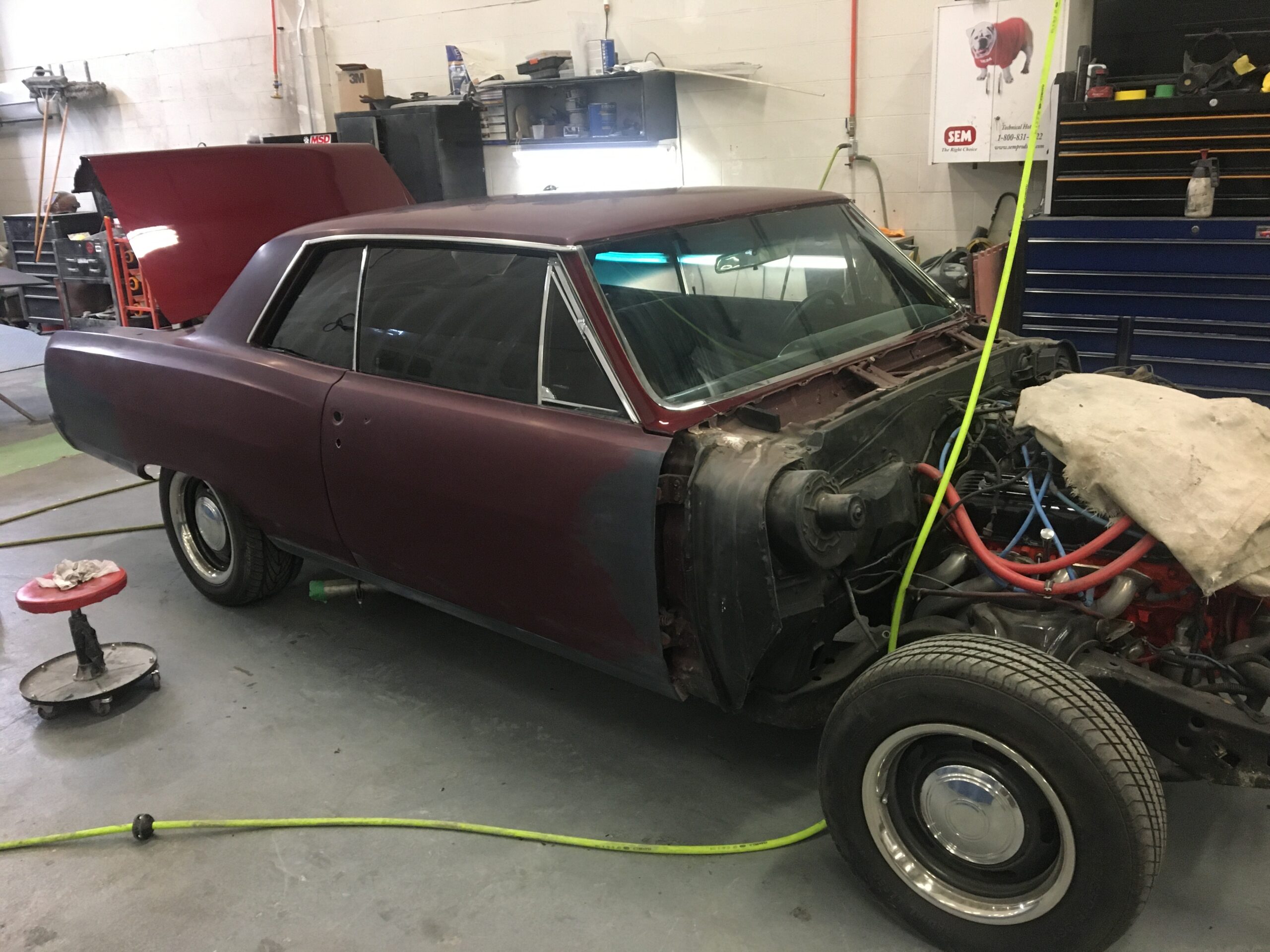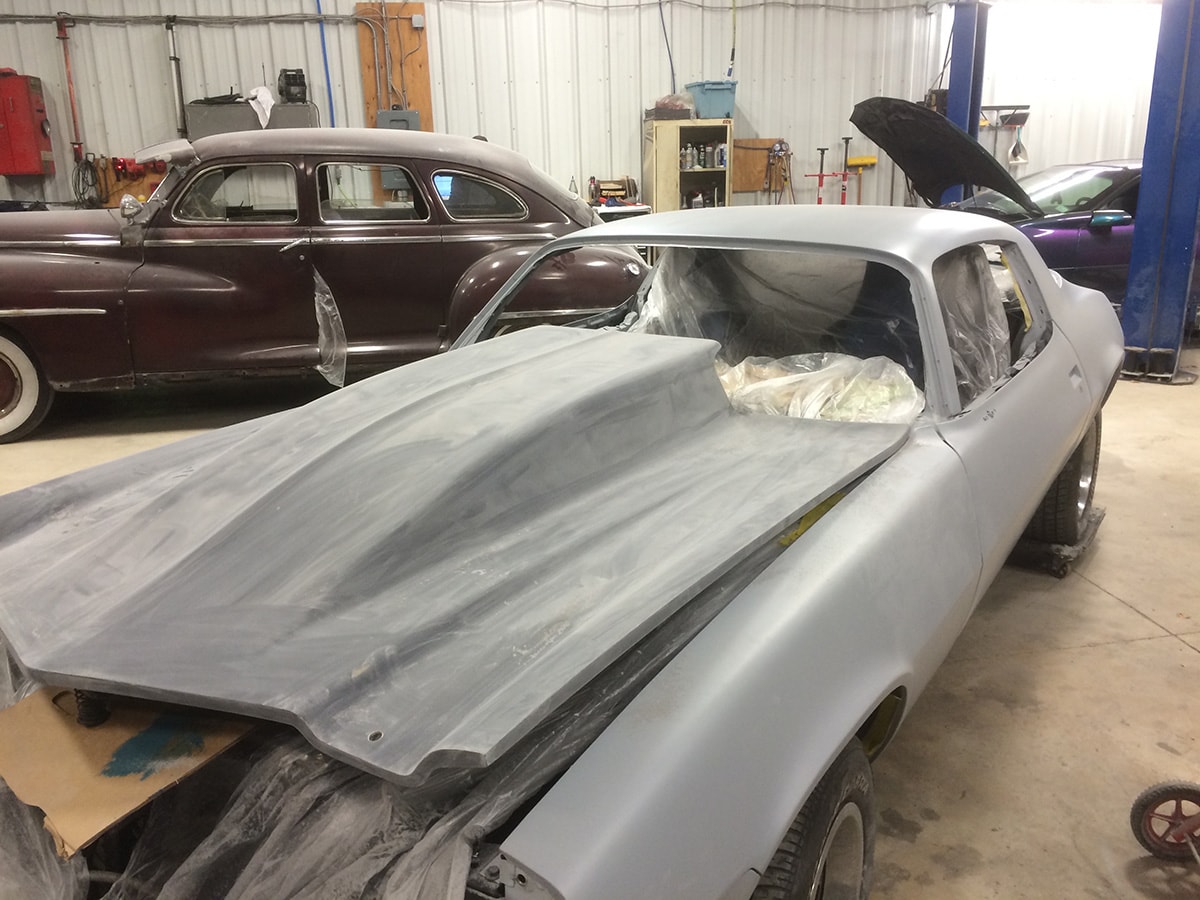So you’re looking for a classic vehicle to restore. It’s a great hobby, and when the project is complete, you’ll have a fantastic vehicle to drive around town or take on road trips, plus a well-deserved sense of accomplishment. But, before you begin, you should understand that restoring a classic vehicle will take plenty of time and money to see the final project through.
Here are some common mistakes and how to avoid them.
Picking the wrong vehicle. The type and age of the vehicle you choose will have a big effect on how much effort and cost it will take to restore it. If you have some flexibility in your choice, look for a classic vehicle that is still in reasonable condition. The more missing parts, rust, damage from previous collisions or extreme wear and tear the vehicle has, the price tag of the initial purchase will be lower, but the cost to restore it will be higher. Before you buy, check around to make sure you’ll be able to find the parts you will need at a reasonable cost that won’t break your budget.
Not driving the car before buying. If the vehicle currently runs, be sure to take it for a test drive first. Before you plunk money down on a classic vehicle, make sure you like the way it drives and handles, fits your needs and wants, and doesn’t have any weird smells.
Pricing body work. Even if you are initially planning to do a lot of the mechanical work yourself, you may also end up having the bodywork done professionally. Bodywork tends to be the most expensive aspect of the restoration, so be sure to price it out carefully before you commit to buying the vehicle.
Buying parts too early. If you’re trying to stick to a budget, avoid buying parts too early, which may wipe out your budget for the work you’re planning to do right now. This way, if you have an interruption to your work, you don’t have unneeded parts sitting on shelves in the garage gathering dust.
Rushing the work. Understand that it’s going to take a lot of time to restore the vehicle. (It is estimated that it takes about a thousand hours, on average, to restore a classic vehicle.) Build a realistic timetable: unless you’re planning on working round-the-clock seven days a week, you won’t have the vehicle finished by next month. It may take you years.
Not clearing enough space. Chances are that your classic vehicle will take up a great deal of workspace for a long time. If you have a single car garage that you want to be able to use in the near future, consider setting up a portable garage so you have a place to store the vehicle and enough space to work and store your tools.
Not having the right tools. At the bare minimum, you will need a wrench and sockets, screwdrivers and pliers, a good drill and drill bits, sheet metal scissors, wire brushes, electrical tools such as a compressor and a voltage meter, and a floor jack. Before your restoration job is over, you’ll probably need to acquire or rent a blowtorch, a grinder, jack stands, an engine stand and engine crane and a welding setup. Before you begin, be sure you have the right tools in good condition, and the skills to use them.
Not asking for help. If you’re unsure how to proceed with a restoration project, it helps to consult with car restoration experts who understand the process. In Connecticut, Innovative Restorations Inc. is an automotive service facility that is dedicated to delivering quality reliable service. We are experienced in repairing and maintaining all aspects of modern and classic vehicles. Visit our Facebook page today or call us at 860-852-3275 to discuss your vehicle service needs.




